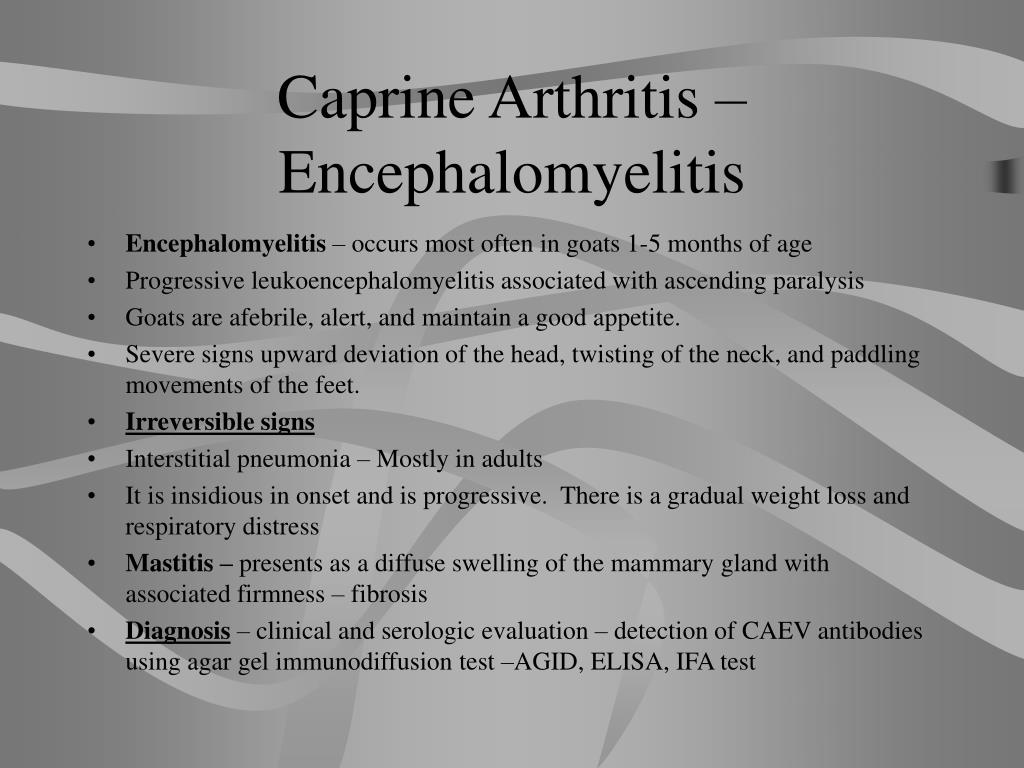
In general, such nanomaterials should be able to deliver drugs, but also different biomolecules which could allow specific release kinetics and biodistribution and enhance bone regeneration. The material forms used for this aim include a range of nanoscale compounds like polymers, ceramics, semiconductors, metals, and self-assembled molecular complexes. Nanosystems used as vehicles should observe a particular affinity for bone inorganic material but should also be able to target the site of bone disease and prolong drug release. Nanotechnology is an important research area, having one of its important applications in biomedical sciences and, among these, targeted drug delivery is one of the most studied. In the case of RANKL overexpression, a large amount of degenerative bone disease could occur.
#Silver nanoparticles caprine arthritic encephalitis Activator
Furthermore, on the osteoblast surface, the receptor activator of nuclear factor kappa-B ligand (RANKL) is bound, which is a protein molecule that activates osteoclasts and is able to facilitate the communication between osteoclasts and osteoblasts. Among such cells, some of them can enhance the healthy structure of bone, i.e., osteocytes, implicated in the signal transduction of mechanical stimuli, osteoblasts, delegated to the secretion of collagenous proteins which constitute the bone material, and osteoclasts, that secrete acids and proteases and degrade the mineralized tissue. Besides the mineral and protein component, cells, macromolecules, and blood vessels could also be found in bone. It is composed of a matrix that includes proteins such as collagen, proteoglycans, and lipids, and a mineral phase, generally known as hydroxyapatite (HA) Ca 10(PO 4) 6(OH) 2. The authors hope that this paper could help to pursue further directions about bone targeted nanosystems and their application for bone diseases and bone regeneration.īone is one of the most important organs of the human body which sustains and protects other organs, produces blood cells, and regulates hormones. The aim of this review is to provide information about the current therapies of different bone diseases focusing the attention on new discoveries in the field of targeted delivery systems. Among all, scaffolds, nanoparticles (NPs), cements, and hydrogels exhibit more advantages than drawbacks when compared to other nanosystems and are therefore the object of several studies.

Polymers, ceramics, semiconductors, metals, and self-assembled molecular complexes are some of the most used nanoscale materials, although in most cases their surface properties need to be tuned by chemical or physical reactions. To overcome these drawbacks, nanotechnology is currently under study as a potential strategy allowing specific drug release kinetics and enhancing bone regeneration. In some cases, e.g., in osteosarcoma (OS) and metastatic bone cancer, current treatments are not fully effective, mainly due to low patient compliance and to adverse side effects. Bone diseases include a wide group of skeletal-related disorders that cause mobility limitations and mortality.


 0 kommentar(er)
0 kommentar(er)
